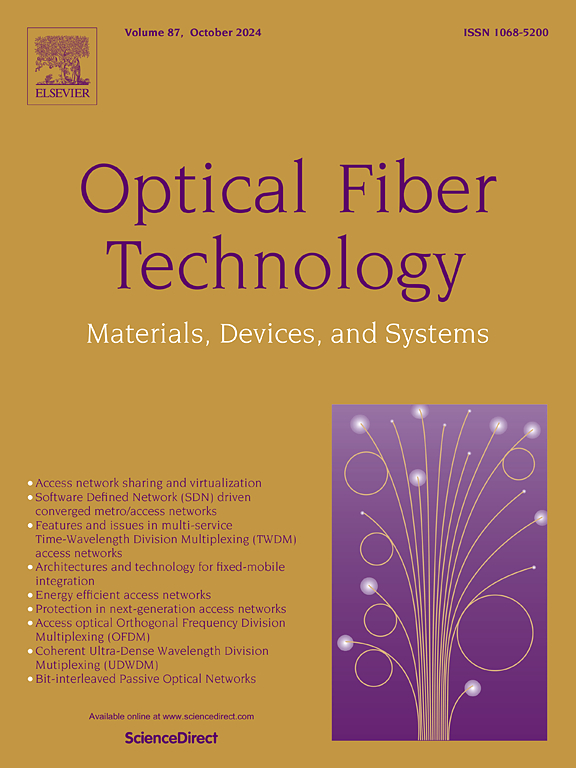基于分布式光纤传感器和KAN-Transformer融合模型的沥青混凝土冻融损伤预测
IF 2.7
3区 计算机科学
Q2 ENGINEERING, ELECTRICAL & ELECTRONIC
引用次数: 0
摘要
沥青混合料广泛用于道路建设,但容易受到冻融循环的破坏。本文介绍了一种利用分布式光纤传感(DFOS)技术进行实时监测的新方法,并提出了一种结合Kolmogorov-Arnold网络(KAN)和Transformer模型的创新深度学习融合网络架构。通过DFOS可以实时监测冻融循环过程中的沥青梁,收集应变、温度和其他关键物理参数的数据。KAN-Transformer模型以及基于transformer的时间序列模型用于数据处理和特征提取,以检测和预测冻融循环期间材料性能的微小变化。结果表明,KAN-Transformer模型克服了传统Transformer模型并行处理能力有限和对超参数调整敏感的缺点,提高了预测冻融损伤演变的精度。该研究不仅验证了KAN-Transformer模型较好的损伤预测精度,而且为沥青混凝土损伤预测的现场应用提供了有效的方法。本文章由计算机程序翻译,如有差异,请以英文原文为准。
Prediction of freeze-thaw damage of asphalt concrete based on distributed fiber optic sensors and KAN-Transformer fusion model
Asphalt mixtures are widely used in road construction but are vulnerable to damage caused by freeze–thaw cycles. This study introduces a novel approach to real-time monitoring using distributed fiber optic sensing (DFOS) technology and proposes an innovative deep learning fusion network architecture combining Kolmogorov-Arnold Network (KAN) and Transformer models. Real-time monitoring of asphalt beams during freeze–thaw cycles is achieved through DFOS, which collects data on strain, temperature, and other critical physical parameters. The KAN-Transformer model, along with Transformer-based time series models, is employed for data processing and feature extraction to detect and predict minor changes in material properties during freeze–thaw cycles. The results demonstrate that the KAN-Transformer model outperforms the traditional Transformer model, which suffers from limited parallel processing capability and sensitivity to hyperparameter tuning, leading to improved accuracy in predicting freeze–thaw damage evolution. This study not only validates the superior damage prediction accuracy of the KAN-Transformer model but also offers an efficient method for field applications in asphalt concrete damage prediction.
求助全文
通过发布文献求助,成功后即可免费获取论文全文。
去求助
来源期刊

Optical Fiber Technology
工程技术-电信学
CiteScore
4.80
自引率
11.10%
发文量
327
审稿时长
63 days
期刊介绍:
Innovations in optical fiber technology are revolutionizing world communications. Newly developed fiber amplifiers allow for direct transmission of high-speed signals over transcontinental distances without the need for electronic regeneration. Optical fibers find new applications in data processing. The impact of fiber materials, devices, and systems on communications in the coming decades will create an abundance of primary literature and the need for up-to-date reviews.
Optical Fiber Technology: Materials, Devices, and Systems is a new cutting-edge journal designed to fill a need in this rapidly evolving field for speedy publication of regular length papers. Both theoretical and experimental papers on fiber materials, devices, and system performance evaluation and measurements are eligible, with emphasis on practical applications.
 求助内容:
求助内容: 应助结果提醒方式:
应助结果提醒方式:


